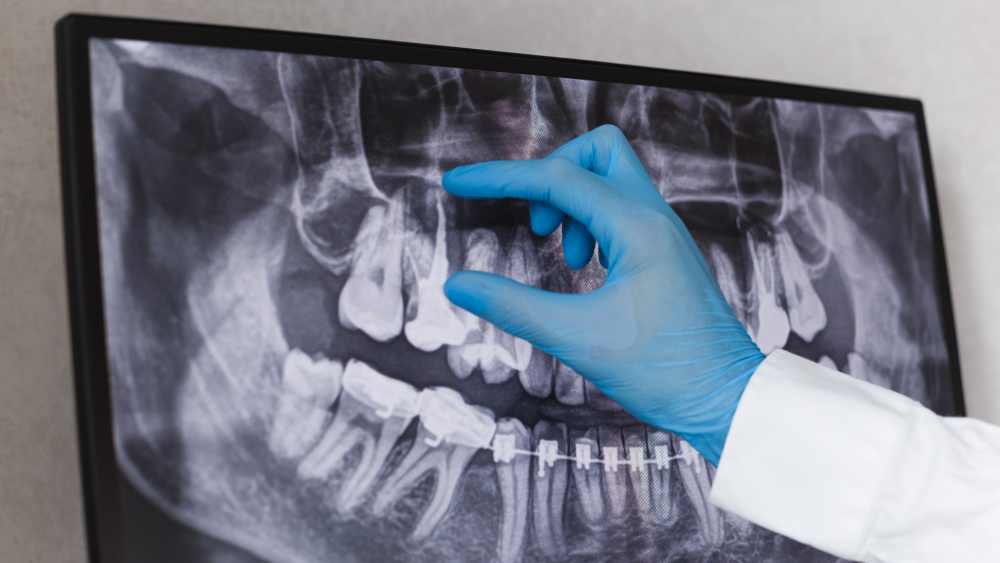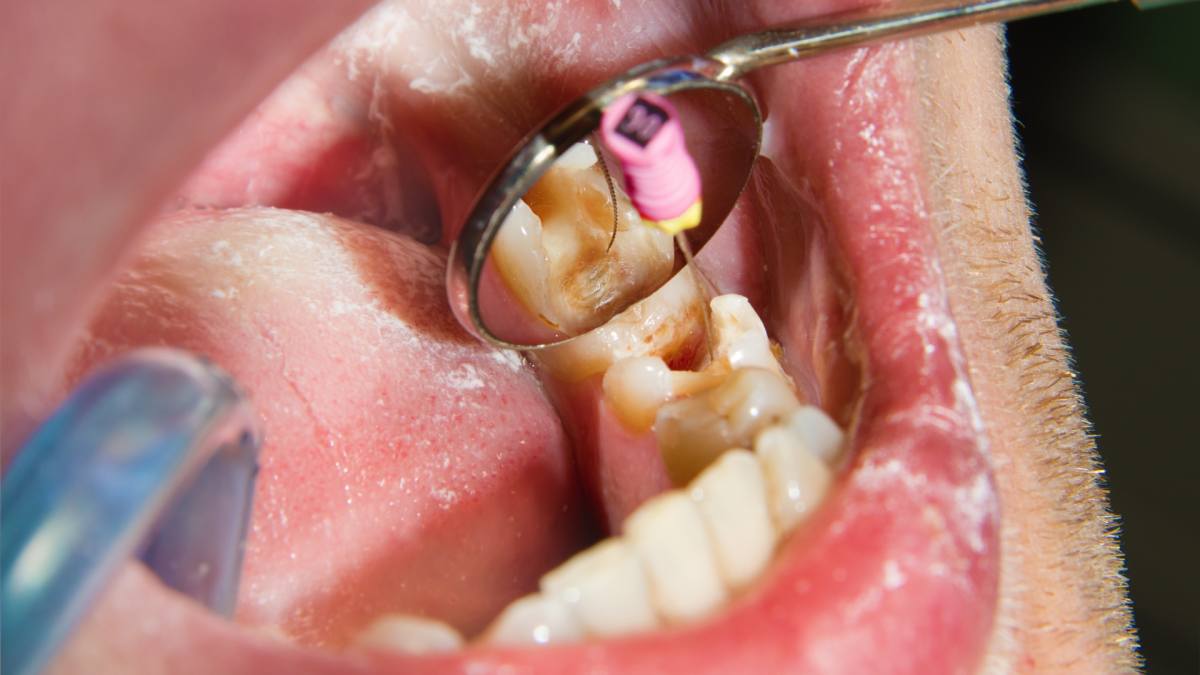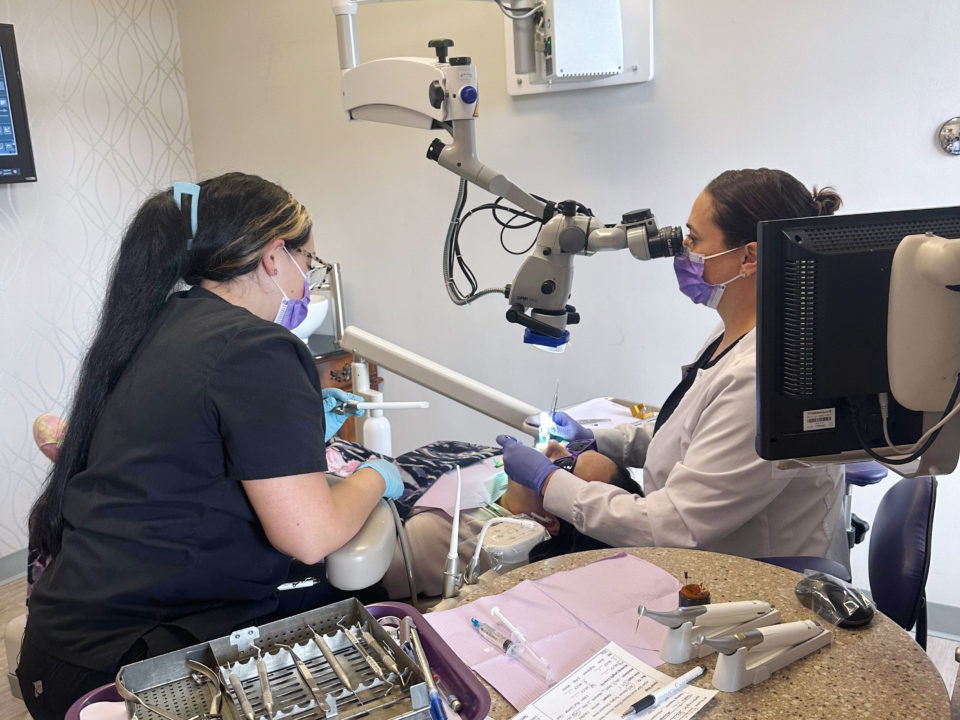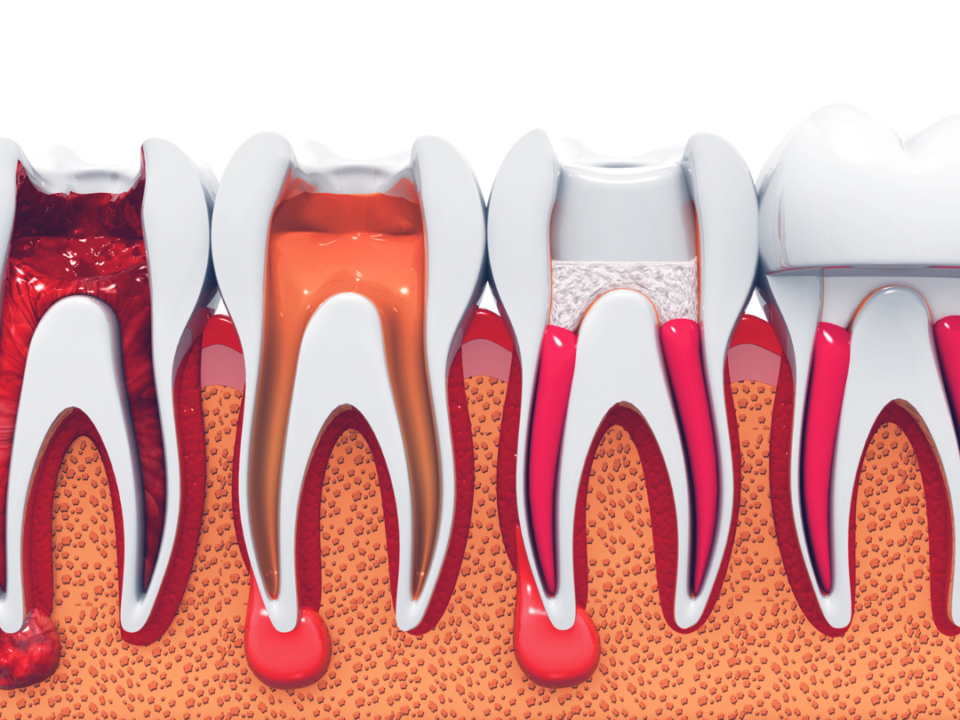
Top Mouth Problems Caused by Stress
May 30, 2022
How Do You Know If You Need A Root Canal?
June 21, 2022
Top Mouth Problems Caused by Stress
May 30, 2022
How Do You Know If You Need A Root Canal?
June 21, 2022When you get a root canal, you may have instructions to follow up with your dentist to get a crown. Do you really need this procedure? How long does a root canal last without a crown? Such questions are common at our Charleston endodontic practice, Innovative Endodontics. Because we want our patients to be more comfortable, we strive to answer all their questions before or after endodontic care, including these concerns about crowns. Discover why crowns are essential after root canal therapy and what can happen if you skip this step.
What Is Root Canal Therapy?
Root canal therapy relieves pain in a tooth by taking out damaged or infected pulp. You may need root canal treatment if you broke or chipped a tooth, which opens the interior canals to bacteria. Decay in the tooth that is in close proximity to the pulp also prompts an endodontist to perform root canal treatment.
During the procedure, the endodontist creates a small opening in the tooth and uses instruments to clean the inside. Following the cleaning of the tooth, a filling material is placed. A temporary or permanent filling can be placed to seal the opening of the tooth. If you get a temporary filling, you should have a crown placed over the tooth within two weeks.
Do You Always Need a Crown After Root Canal Treatment?
Not all treated teeth require crowns after root canal treatment. Whether you need one depends on the tooth’s location, the tooth’s strength after the root canal therapy, and if you had previous endodontic treatment on the tooth.
Ask your endodontist if you are unclear about whether a crown is essential after your treatment. They will let you know whether you need a crown based on your dental history and the condition of your tooth.
Why You Might Need a Crown After a Root Canal
There are several reasons a tooth may require a crown following root canal treatment. The most common reason to need a crown is to strengthen the tooth. Molars are the large teeth in the back of your mouth. These experience large amounts of pressure when biting down on things. Depending on the extent of decay or damage to the tooth before the root canal, your endodontist may recommend a crown following the root canal.
If you need endodontic retreatment, a crown may be recommended due to a variety of reasons.
Additionally, some teeth require crowns after root canal therapy to improve their appearance. These cosmetic crowns help restore the shape and look of the treated teeth, especially when teeth experienced discoloration before the root canal.
Finally, the biggest reason to get a crown is to prevent future infections or the need for endodontic retreatment. A crown reduces the chances of future decay in the tooth, which could open it back to bacterial infection.
Getting a crown on time makes the tooth stronger, looks better, and less prone to infection.
How Long Does a Root Canal Last Without a Crown?
After getting a root canal, your endodontist will likely tell you if you need a crown. If so, you should visit your dentist within the next two weeks to get the crown placed on your tooth. Until then, you need to take extra care of your treated tooth to prevent damaging the delicate surface before you get a crown.
Brush and floss regularly and avoid chewing on the side of your mouth with the treated tooth. These steps will protect the tooth and the temporary filling from damage until your permanent crown is placed.
Risks for Delaying Getting a Crown After Root Canal Treatment
If you delay getting a crown following your root canal for any reason, you put your tooth at risk. A possible effect of waiting more than two weeks to get a crown is getting an infection, which requires endodontic retreatment. This procedure essentially removes the filling and sealant placed during the initial root canal, recleans the tooth, reseals, and fills it again. Essentially, you get another root canal in the same tooth.
Having a crown placed within two weeks protects the tooth from physical damage and decay that may lead to the need for additional endodontic care.
What Should You Do If a Crown Falls Off a Tooth Treated with Root Canal Therapy?
Visit your dentist as soon as possible! Just as you need to see your dentist to have the crown placed after your root canal within two weeks, you also need to get care for the missing crown as soon as you can.
Take extra care of the tooth by avoiding chewy or sticky foods, brushing and flossing regularly, and not chewing on that side. You should contact your endodontist to see if you need retreatment or can go to your dentist to replace the crown. If you require retreatment, you’ll still need to go back to your dentist to get a new crown or have the original one replaced.
Contact Innovative Endodontics for Root Canal Therapy in Charleston
When you need root canal therapy for a tooth in the Charleston area, trust our caring team at Innovative Endodontics. Our entire team, led by our endodontist Dr. Estes, has a mission to change the way people think about root canals. When you get your treatment from us, you’ll have a positive experience the entire time. Yes, even during the procedure.
Contact us to make an appointment or for more about how we make root canal therapies and other endodontic treatments as effective, safe, and comfortable as possible.




